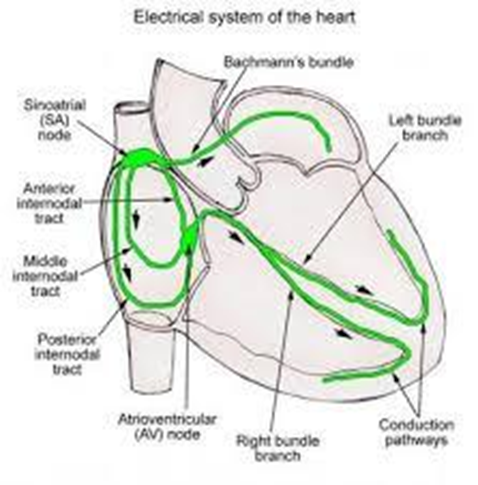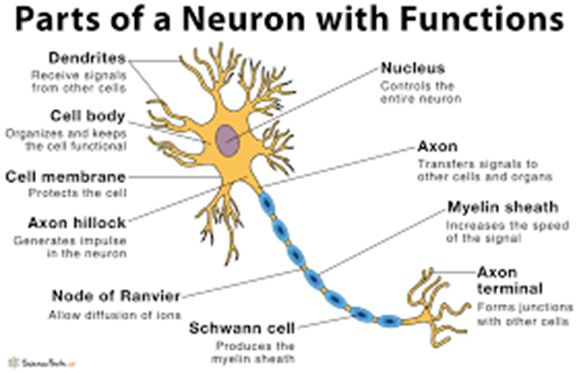Which of the following terms describes glycogen catabolism?
Glycoproteins
Glycosaminoglycan
Glycogenolysis
Gluconeogenesis
The Correct Answer is C
a. Glycoproteins: Glycoproteins are proteins that have carbohydrate groups attached to them and are not related to glycogen breakdown.
b. Glycosaminoglycan: Glycosaminoglycans are long polysaccharide molecules involved in building connective tissues, not in glycogen catabolism.
c. Glycogenolysis: Correct. Glycogenolysis is the process of breaking down glycogen into glucose to be used for energy.
d. Gluconeogenesis: Gluconeogenesis is the process of producing glucose from non-carbohydrate sources, not the breakdown of glycogen.
Nursing Test Bank
Naxlex Comprehensive Predictor Exams
Related Questions
Correct Answer is B
Explanation
a. Purkinje fibers: Purkinje fibers are the last structures to receive the signal within the ventricles, causing them to contract.
b. Bundle of His: The correct sequence of the cardiac conduction system is as follows: The electrical impulse originates in the sinoatrial (SA) node, then travels to the atrioventricular (AV) node. From the AV node, the impulse travels to the Bundle of His. After the Bundle of His, the impulse travels through the bundle branches and finally reaches the Purkinje fibers, which facilitate the contraction of the ventricles.

c. Bundle branches: The electrical impulse for heartbeat originates in the SA node (sinoatrial node). It then travels to the AV node (atrioventricular node), which delays the signal before sending it to the Bundle of His. The Bundle of His splits into right and left bundle branches, which distribute the electrical signal to the Purkinje fibers in the ventricles, causing them to contract in a coordinated fashion.
d. SA node: The SA node initiates the electrical impulse, not receive it after the AV node.
Correct Answer is B
Explanation
a. Cell body: The cell body is the main part of the neuron containing the nucleus and other organelles. It does not directly transmit impulses.
b. Axon: The axon is a long fiber that carries electrical impulses away from the cell body towards other neurons or muscles.

c. Synapse: A synapse is a junction between two neurons where nerve impulses are transmitted. The axon of one neuron transmits an electrical signal to the dendrite or cell body of another neuron across a small gap. Neurotransmitters are released from the presynaptic neuron and bind to receptors on the postsynaptic neuron, either exciting or inhibiting it.
d. Dendrite: Dendrites are short, branching fibers that receive signals from other neurons and transmit them towards the cell body.
Whether you are a student looking to ace your exams or a practicing nurse seeking to enhance your expertise , our nursing education contents will empower you with the confidence and competence to make a difference in the lives of patients and become a respected leader in the healthcare field.
Visit Naxlex, invest in your future and unlock endless possibilities with our unparalleled nursing education contents today
Report Wrong Answer on the Current Question
Do you disagree with the answer? If yes, what is your expected answer? Explain.
Kindly be descriptive with the issue you are facing.
